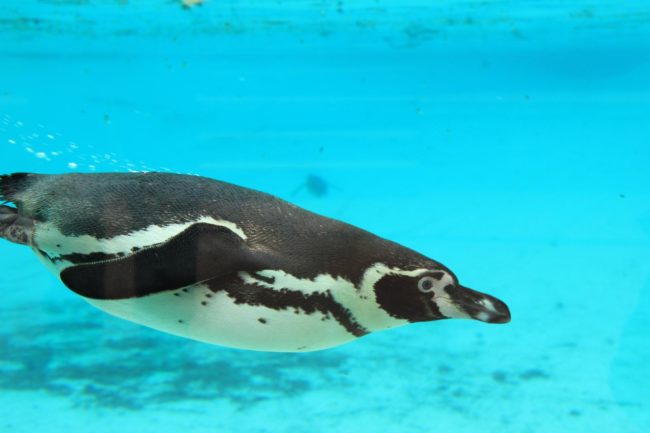Penguins are instantly recognizable and our favorite birds. They spend up to 75% of their lives in the water searching for their food. They do all of their hunting in water. Their prey can be found within 60 feet of the surface, so penguins do not need to swim in deep water. They catch prey in their beaks and swallow them entirely as they swim. Some species only leave the water for breeding and molting.
Food Penguins Eat
Penguins follow a carnivore’s diets. They get all their food from the ocean and rely on clean, healthy water for rich sources of nutritious prey.
The exact foods different penguin species takes depends on their range, shape, size, foraging behavior, and other factors. The most common foods of most penguins’ diet include fish, lantern fish, Silverfish, pilchards, mullets, sprats, sardines, anchovies, cod, opal fish, and other small fish species. Populations of healthy types of these fish are essential for penguins to thrive.
Smaller penguins may ear krill and other crustaceans such as crabs and shrimp that compose parts of their diets. Cuttlefish and Occasional squid are a part of larger penguin species that can dive deeper while foraging.
During the summer, medium-sized and an active penguin will eat about 2 pounds of food every day, but in the winter they will devour merely a third of that.
How Penguins Forage?

In the Ocean, Penguins hunt all of their prey, and their fantastic swimming abilities help them see underwater giving them predatory compensation.
Hunting techniques vary by species and may consist of both shallow and deep dives to seek out prey. Methods may change depending on the penguins’ habits of their preferred foods as oceanic currents and weather patterns change.
Penguins travel to seek can also vary extensively, with emperor penguins traveling 300-500 miles distance from their nesting grounds to forage for several weeks. They depend on their notably insulated plumage as waterproofing and safety. They undergo intense fasting intervals for the duration of molting.
It isn’t unusual for a penguin to lose 25-55 percent of its weight at the same time as molting as it cannot enter the ocean to feed, and nesting penguins may additionally suffer severe weight fluctuations during their foraging.
When penguins do catch any prey or a fish, they swallow it completely. These penguins do not have a crop, but their two-chambered stomach stores food in the first chamber, the proventriculus so that it can return to its chicks. The majority of digestion takes place in the bird’s gizzard, with the aid of grit to help crush down food or more robust materials.
The penguin’s strategy for surviving in the cold season and dark polar winter is to build up enormous insulation of fat while the fishing is good and help them live off those excess calories.
Reference
http://web.gccaz.edu/~AMYKP50621/cis133da/MajorProject/majora_eat.html
Image credit:
1. Penguins underwater by Karen Roe / CC BY